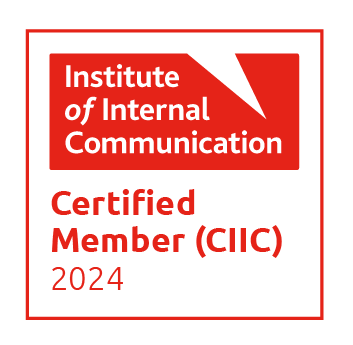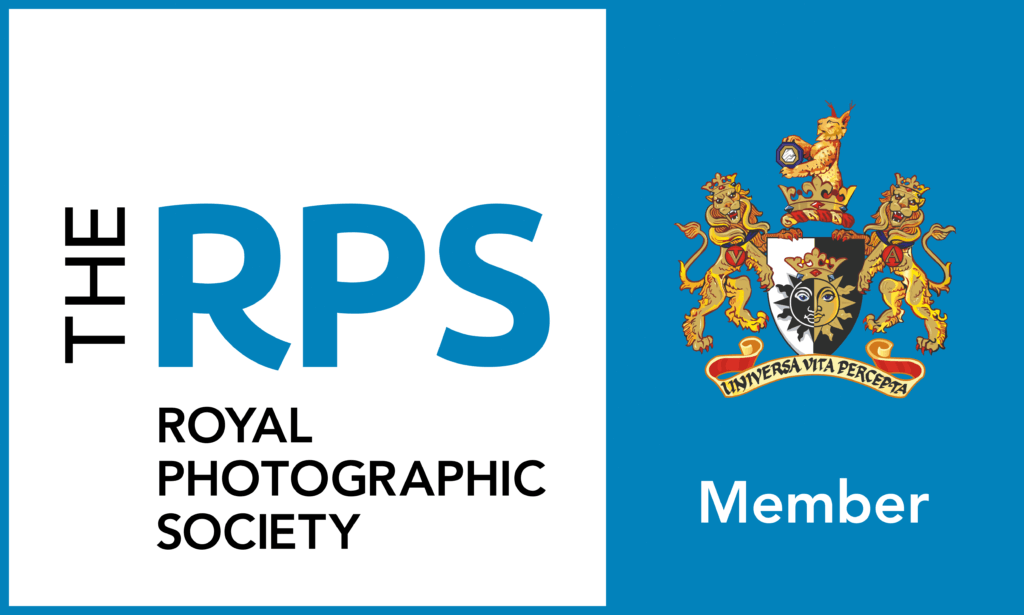Archive for the ‘Photography’ Category
Update on Accessibility issues at Iarnród Éireann lifts

In June 2022, I highlighted some accessibility issues at Iarnród Éireann lifts, particularly on the Port Laoise line from Dublin Heuston. I am very pleased to confirm that these difficulties have been resolved. It seems that Iarnród Éireann has used the same style of instructions as found at DART stations on this line, too.
Well done to them for doing so, it is just a pity it took as long as it did to be resolved.
A day trip to Cork
Andrew and I visited the Irish city of Cork on Tuesday 6th July 2021. The day out was basically the birthday treat for Andrew (albeit not actually on his birthday). We explored the city and I took some photographs all using my iPhone. Below are three of my favourites.



I highly recommend visiting the city, and we have plenty on our list to go back to see on another occasion. Once the pandemic is a bit more under control, we hope to go back for a weekend and see more of the city.
Monastic connections
The clue is in the name of the town, Monasterevin, or as Gaeilge, Mainistir Eimhín, of Monastery of Evan. There is clearly a link to monasticism in this place. But what is this link?
Early Irish monasticism
From the time of St Patrick there were monastic houses all over the island. It is said that St Evan, brother of Becan who died in 689, brought monks from his district in Munster, and built a monastery at Rosglas na Muimneach, where he was buried. St Evan wrote a Tripartite Life of St Patrick in Latin and Irish, and a Life of St Comgall (of Bangor). It is likely that this early monastery was destroyed by the Danes during their ravaging expeditions across the island, probably by the eighth century.
Mediæval monasticism
By the twelfth century, monasticism had seen the rise of the monks of the Order of St Benedict, and the reform of that order by the Cistercians who wanted to live a life more strictly following the Rule of St Benedict.
In the charter of the twelfth century, Dermot O’Dempsey, King of Offaly, granted and confirmed the site and possessions to the monks of Rosglas in honour of Blessed Mary and St Benedict. The charter mentions no order specifically. The first two witnesses are Nehemias, bishop of Kildare (from 1177) and Donat (Dungal), bishop of Leighlin, who died 1181. Bishop Donat had attended the Synod of Kells at which the Irish Church was reformed and divided into the dioceses we now know. It follows, therefore, that this charted must be dated between 1177 and 1181. The date of foundation has been given as 1178, as 1189, and the date of consecration as 27 October 1181. The Annals of the Abbey of St Mary Dublin give 22 October 1189 as the date of colonization from the Abbey of Baltinglass.
The inclusion of the name of St Benedict in the charter and these two dates may mean that the monastery was founded in 1178 for Irish monks of the Order of St Benedict, who wished to be and lived as Cistercians, with their official affiliation to the Cistercian Order being delayed until 1189. The founder died in 1193, and in 1198, John, Abbot of Monasterevin became the bishop of Leighlin, having been consecrated in Rome by Pope Innocent III on 18 September.
In 1228, the abbey was made subject to Fountains Abbey with the abbot of Buildwas as visitor. Both Fountains and Buildwas are in England and have substantial ruins still extant. Fountains Abbey is about three miles south-west of the city of Ripon in the West Riding of Yorkshire. The ruins are in the care of the National Trust. It is one of the largest and best preserved Cistercian houses in England. Buildwas Abbey is in Shropshire, on the banks of the River Severn, about two miles west of Ironbridge.
In 1273, the abbot of Monasterevin complained in the chapter general against the abbots of Kilcooly, Monasteranenagh, and Woney. In 1297, the abbot was accused of harbouring felons, murderers, and robbers. The jury found that he not done so voluntarily, and he was fined half a mark. In the taxation of 1302–06, the temporals were worth 55 shillings. The abbot was a spiritual peer and sat in the Irish Parliament. In 1427, the abbey had been almost completely despoiled of its goods. Abbot Matthew Obythechayn was accused in 1482 of various offences including of having offspring by a nun of the Order of St Brigid. In 1540–41, the value of the farm of the house of St Evin and manor of Ley was £20 13s. 4d. The grantee was George, Lord Audley and the assignee Adam Loftus, Viscount Ely. Later, the property came into the possession of the family of the Earl of Drogheda.
Monasterevin Church of Ireland

The first Protestant church was built on the site of the old Cistercian Abbey Church which stood where the kitchen now is in the main house of Moore Abbey by Adam Loftus who took possession in 1607. It was rebuilt in 1664 in the same place. The Anthologia Hibernica Magazine, vol III, p. 104, 1794 says that Charles, 6th Earl of Drogheda in 1767 pulled down the old church and rebuilt it in a neat Gothic style at the other end of the town. It would appear that at least the top of the tower of the present Church of St John the Evangelist belonged to the Cistercian Abbey.
Monasticism in the parish today
It is not often that we hear of the Religious life in the Church of Ireland, but there are links to religious orders even so. There is the Community of St John the Evangelist in Dublin, present since 1912. There is Br David Jardine of the Society of St Francis living in Belfast. I can think of Fr John Gribben of the Community of the Resurrection in Mirfield who originally comes from Belfast. Here in Monasterevin, in the Roman Catholic community there is the Presentation Sisters Generalate, and the Sisters of Mercy in the town, and the Sisters of Charity of Jesus and Mary at Moore Abbey are present.
We may not have a Cistercian Abbey still extant, nor a Benedictine house, but there is a small connection to the Rule of St Benedict each day in the parish. This small connection is myself. For I am connected to an Anglican Benedictine Community called the House of Initia Nova. The community has members in the USA, Australia Great Britain as well as two on the island of Ireland. Community members live by reading a portion of the Rule of St Benedict into their lives each day. They say Morning and Evening Prayer and come together globally on Sunday evenings via Zoom. Members are ordained and lay, married and single, straight and gay. You can find out more about HIN at http://hinuki.org
Works referred to:
Gwynn, A., & Hadcock, R. (1970). Medieval Religious Houses in Ireland. London: Longman Group Ltd.
Sr M. Stanislaus. (n.d.). Schools’ Collection, The. Retrieved June 8, 2021, from dúchas.ie: https://www.duchas.ie/en/cbes/4769966/4763140
St Mary’s Training School. (1987, March 25). Facts about St John’s Church. Monasterevin, Co. Kildare, Ireland.
Originally published in In Touch, the magazine of the Parish of Portarlington Union, July and August 2021 edition.
An exploration of some heritage sites around Portarlington and Co. Laois
An interesting few hours was spent this afternoon in the company of Mr John Stocks Powell, an historian with a particular interest in Portarlington and environs. Having met him by chance about a month ago, whilst out for a walk near Killenard, he invited us to go on a tour of some local places of interest. Unfortunately, Andrew was unable to go as he was working so it was just two of us.
Lea Castle and deserted mediæval village

We started our tour by parking in what would have been the village green of the now deserted mediæval village of Lea. We saw the ruins of Lea Castle from the road. Unfortunately, it is no longer possible to access the Castle as the landowner has blocked access. Across the village green (or as it now is the road) is the main street of the village that led to the Parish Church at Lea. Sadly we were unable to walk up the main street as there were branches blocking the way (see picture). However, it was possible to walk alongside the main street in the adjoining field and further up, I was able to get into the old road and be able to photograph the archway and steps with coffin rest in the churchyard wall (see picture below).

We walked right to the back of the churchyard and saw the old road continue along past it on the south of the churchyard. As we returned through the field we had a great view of Lea Castle itself.

The mediæval parish church of Lea used to be in the old churchyard here with the first record being in the fifteenth century. but was removed to the new Lea to the south of the town of Portarlington. At the disestablishment of the Church of Ireland in 1871, the parish church was changed from Lea to Portarlington (St Paul’s).
Emo Court: Father Browne, the Titanic, and the Earls of Portarlington
The former seat of Lord Portarlington, Emo Court is now in the hands of the Irish State having been also a Jesuit Noviciate, and in private hands when it was restored. Outside the main door of the house are two heraldic tigers holding the arms of Damer. Only one could be see today as the other is still covered up to protect it.

Although the house is closed at the moment due to the COVID-19 pandemic, within it there is an exhibition about Father Browne who famously photographed the Titanic. Although he had been offered passage by some friends aboard the White Star liner to continue the journey to the United States, when he sought permission from his Jesuit superior he was told to come ashore at Queenstown. As a result, we have the many photographs that he took from the liner.

After a quick cup of tea and some delicious lemon meringue pie in the tea room (highly recommended) we set off for the third place on the itinerary.
The Rock of Dunamase
Today is Gibraltar National Day, so it seemed highly appropriate that wearing a Gibraltar FA top, I visited another “Rock”. At the bottom of the Rock there is a small Church of Ireland church called “Holy Trinity The Rock” but also known as Dysartenos. Unfortunately, it was not open.

But the main attraction at this site is the castle that is on the top of the Rock. It must have been some sight when it was still in full glory. It is quite some sight still even though it is now in ruins.

According to the OPW information sign,
Dunamase Castle was founded in the late 12th century on the site of a 9th century dún or fort.
It passed into Anglo-Norman possession on the marriage of Aoife, daughter of Dermot MacMurrough to Strongbow.
OPW Sign at the Rock of Dunamase
The site is quite steep in places and we were very wary of getting stuck and being unable to come back down the gravel paths. So, seeing the two-storey solar at the top of the hill near the rectangular great hall, will have to be for another occasion.
Thanks to my tour guide

I am really grateful to my tour guide for giving of his time this afternoon to both drive and talk about the sights that we saw. Hopefully, we will be able to hear more and talk more when he is next in the area.
IPO launches new copyright guidance for UK
For all small businesses and individuals who use digital or photographic images on the web, the Intellectual Property Office (IPO) this week launched its latest copyright notice. It also provides advice for people who may find their own images being used online and includes many of the recent changes to the law.
You can download the Copyright Notice: digital images, photographs and the internet 1/2014 by clicking here.














